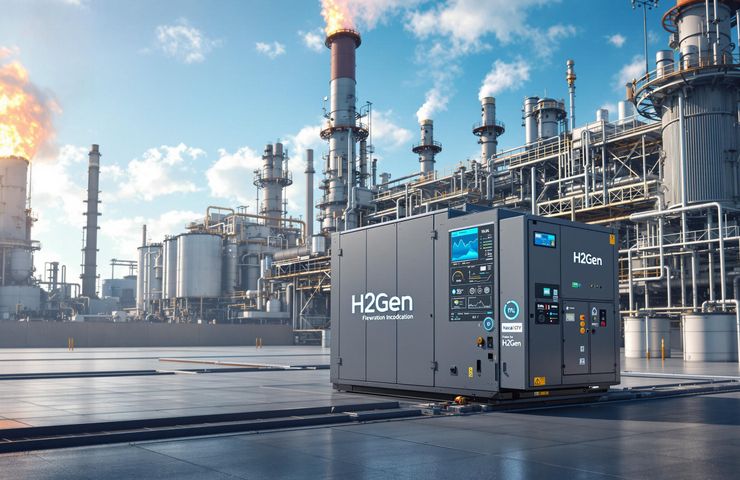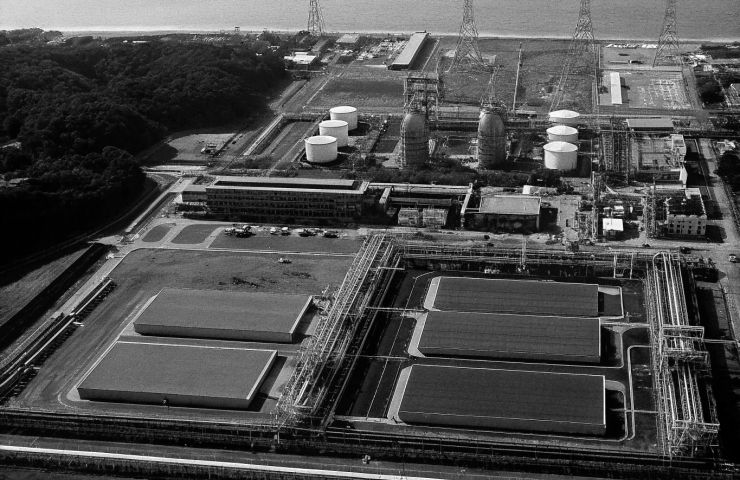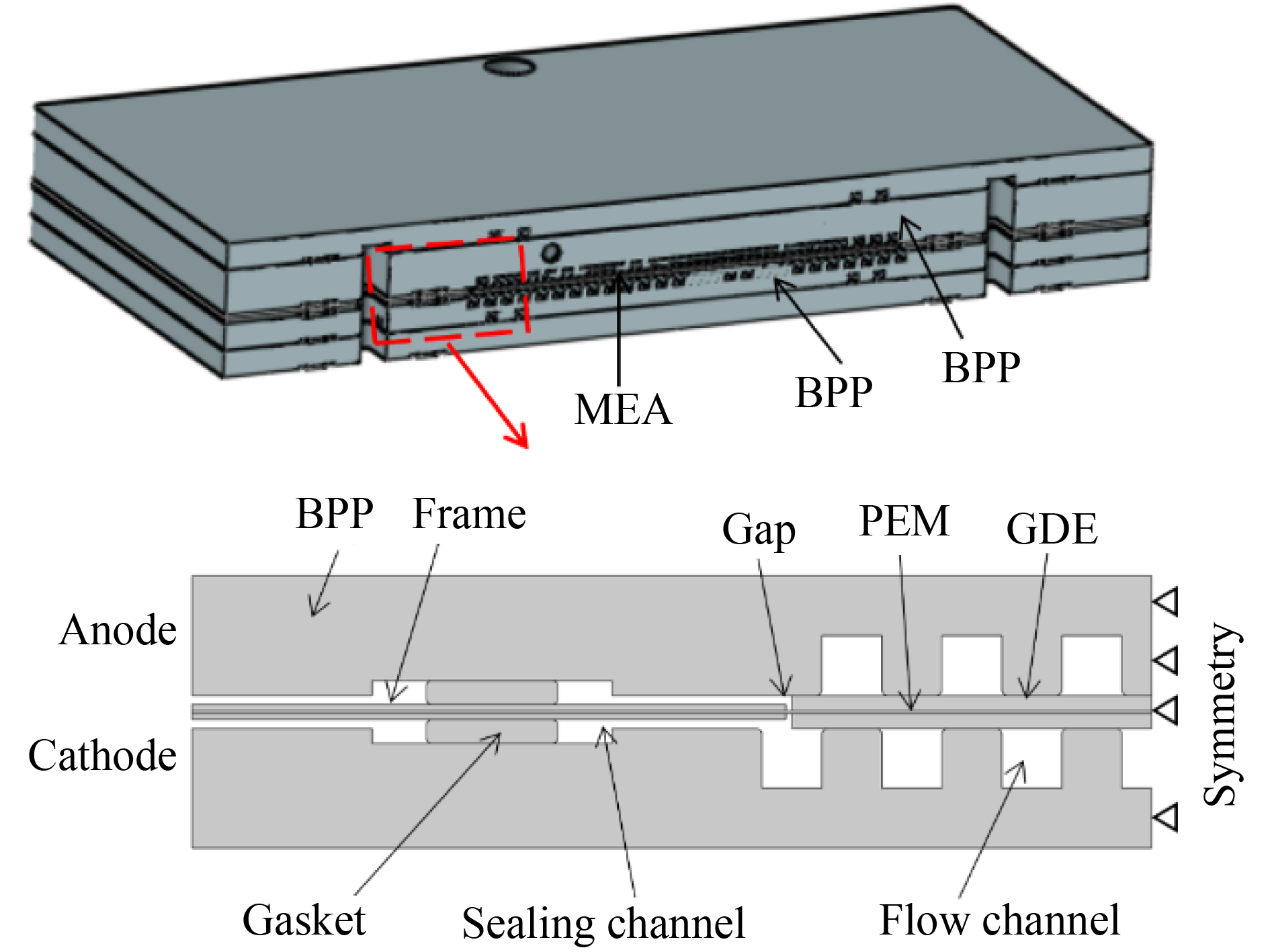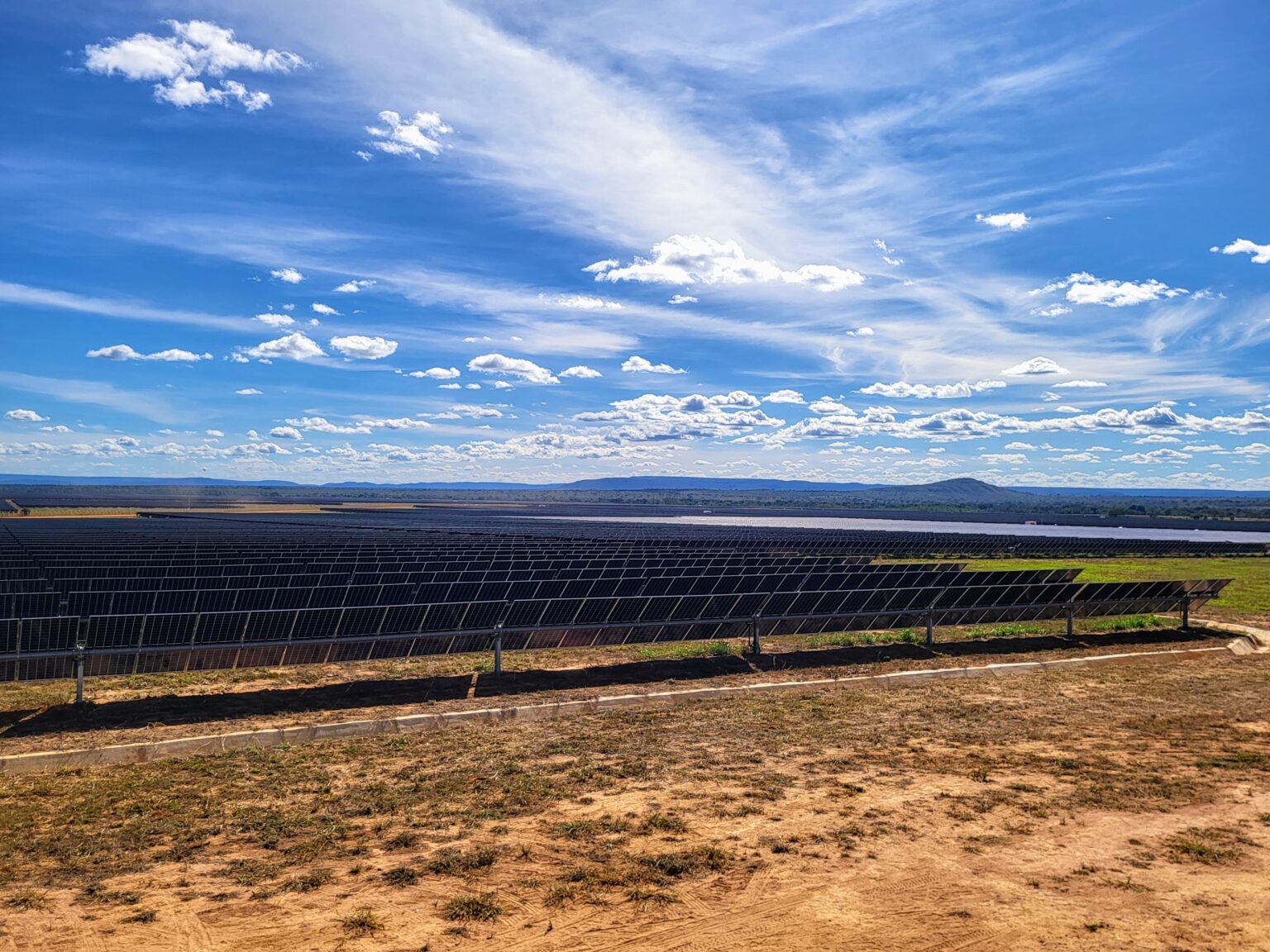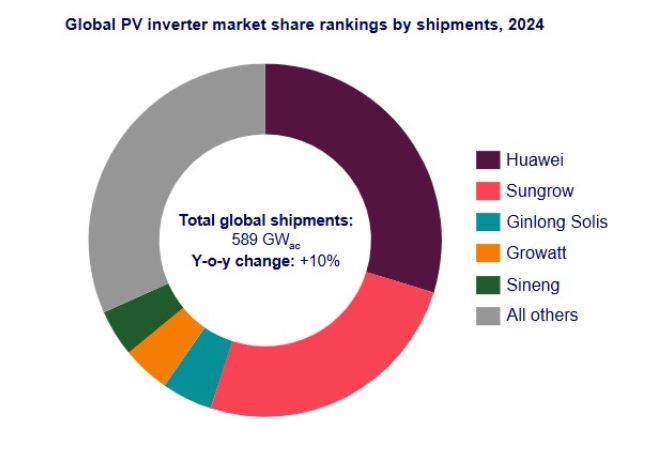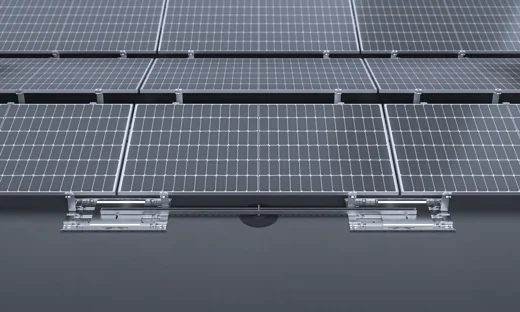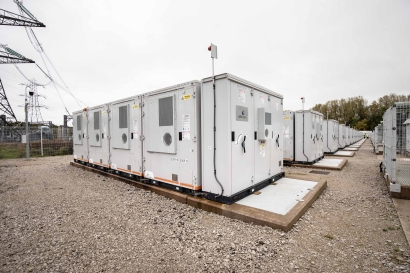Four-year outdoor testing shows perovskite solar cells suffer from high seasonality
Testing conducted by the Helmholtz-Zentrum Berlin (HZB) in Germany has shown that perovskite solar cells operating at high latitudes in Europe may suffer from higher performance losses in winter compared to conventional PV devices. The scientists warned, however, that at lower latitudes this seasonality may be less pronounced.

Testing conducted by the Helmholtz-Zentrum Berlin (HZB) in Germany has shown that perovskite solar cells operating at high latitudes in Europe may suffer from higher performance losses in winter compared to conventional PV devices. The scientists warned, however, that at lower latitudes this seasonality may be less pronounced.
A group of researchers at Germany's Helmholtz-Zentrum Berlin (HZB) has conducted a 4-year outdoor testing of standard perovskite solar cells at one of its facilities in Germany and has found that perovskite-based PV devices may suffer from a higher seasonality compared to conventional solar cells.
The scientists said the testing was the longest ever performed on an outdoor dataset for perovskite PV, for which the lack of a long track record remains among the biggest obstacles towards its commercial maturity, as device long-term stability rather than efficiency still represents the big unknown at both research and industrial levels.
Their measurements were carried out at an outdoor test field in Berlin with standard glass-glass laminated perovskite solar cells based on a substrate made of indium tia oxide (ITO), a 2PACz layer, a perovskite absorber with an energy bandgap of 1.65 eV, an electron transport layer (ETL) made of buckminsterfullerene (C60), a tin oxide (SnOx) buffer layer, and a copper (Cu) metal contact.
“The devices shown are the most stable ones we have monitored outdoors; therefore, this dataset is well-suited for the discussion of seasonal effects,” they explained, noting that the testing facility is exposed to high irradiance and high temperatures in summer, as well as to low irradiance light and low temperatures in winter.
At the end of the analyzed 4-year period, the academics found that the perovskite cells offer good “summer-to-summer” stability, with the devices having minimal performance losses in the first two summers and less than 15% losses in the following summers. By contrast, the devices were found to be 30% less efficient in the winter compared to the summer.
The researchers identified four factors leading to this difference in performance: Changes in the spectral conditions; the effect of the temperature coefficient; hysteresis in the current density–voltage (J–V) characteristics and the related MPP tracking losses; and the so-called perovskite “metastability,” which consists of all those processes that cause perovskite degradation.
As for the first factor – the seasonal changes in the solar spectrum – the group found that they can lead to a 10% difference in generated current between the summer and the winter at the same irradiance levels. “Compared to Berlin, locations closer to the equator experience less pronounced seasonal spectral variation due to the impact of latitude on seasonal air mass variation,” they specified. “Therefore, the relatively high changes in generated current due to spectral shifts observed at our location would be reduced in more equatorial locations.”
Regarding the temperature changes, which are mostly dependent on a project's location, the researchers observed that their influence was largely related to the state and age of the cells.
The analysis of metastability identified light-soaking as the most recurring issue.
“Light-soaking losses in locations with high insolation and ambient temperatures throughout the year can be more than twice as low compared to locations with less favorable conditions,” the researchers noted. “In the perovskite solar cells studied, these losses are linked to the magnitude of J-V hysteresis, which increases significantly in aged devices and at low operating temperatures. As a result, the energy yield of the observed devices is reduced during the third and fourth winters.”
The group concluded by saying that more accurate data are needed to understand the real extent of the observed seasonality factor, although they also stated that the testing offers promising results showing the “potential of this technology to reach the operational lifetime requirements of current commercialized PV technologies.
Their findings are available in the study “Seasonality in Perovskite Solar Cells: Insights from 4 Years of Outdoor Data,” published in Advanced Energy Materials.
What's Your Reaction?























